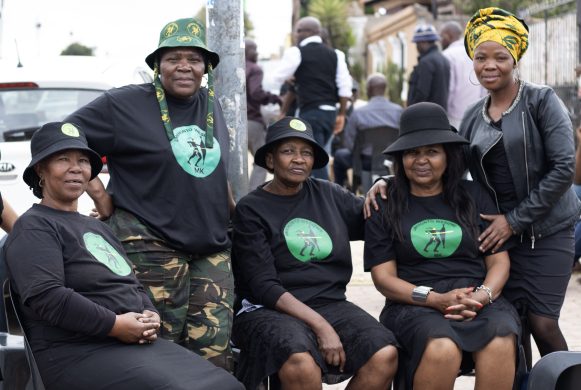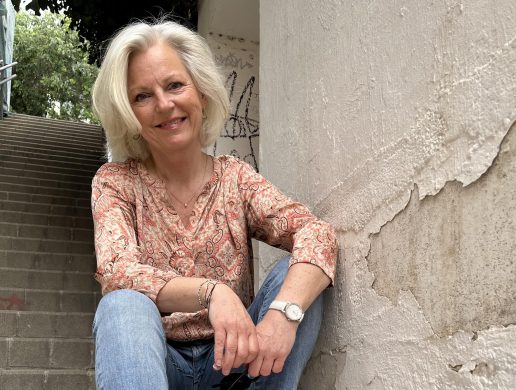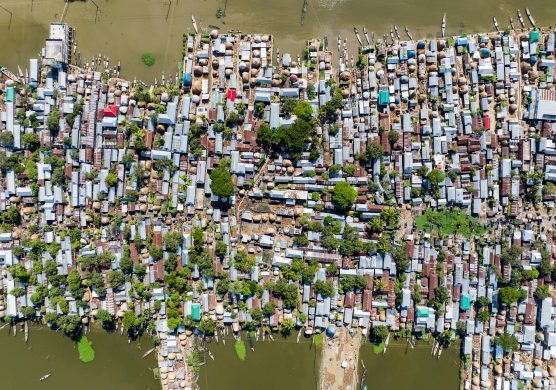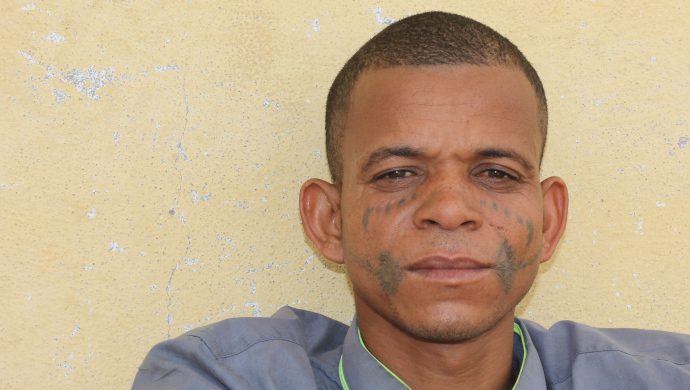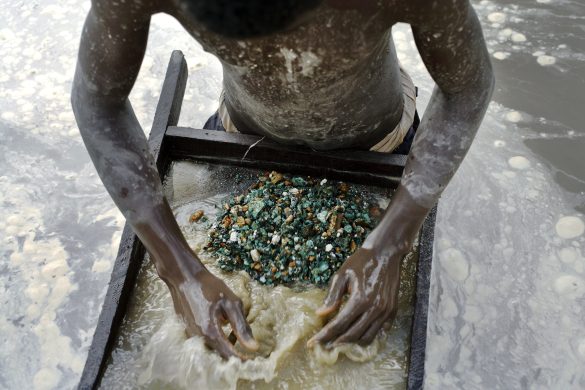De netop afsluttede klimaforhandlinger i Durban resulterede i nye aftaler om at reducere udledning af CO2 i atmosfæren. Men aftalerne er langtfra gode nok, mener en række NGO’er og repræsentanter for verdens fattige lande.
DURBAN, 13 December 2011 (IRIN): The UN talks in Durban, South Africa, got adaptation (tilpasning) and the response to climate change “approximately right”, which is better than “being precisely wrong”.
Those were the words from a tired Naderev Sano, Philippines’ chief climate change negotiator, as he emerged from two consecutive (i træk) emotionally charged all-night sessions.
Poor countries and NGOs, which are dealing with the fallout from more frequent and intense natural hazards like floods and cyclones, made a breakthrough in Cancun, Mexico, in 2010, when adaptation was given the same weight as efforts to mitigate (afbøde) climate change in the UN climate change deal. Riding on Cancun’s success, expectations for adaptation were high in 2011.
“The devil is in the detail”
Some progress was made in Durban in this regard, such as setting up an advisory body on adaptation, the operationalization of the Green Climate Fund, and initiating a dialogue to address loss and damage as the impact of climate change unfolds.
But the “devil is in the detail”, as many poor countries found out, and the negotiating tracks dealing with adaptation have been “watered down”. Many voiced their concerns in the open debates in Durban.
Most of the thorny issues were tied to money and the inability of rich countries to commit in view of the economic crisis in their backyard.
– We sensed a lot of resistance on that front, and we understand, said a leading climate change negotiator from an African country.
– There seemed to be a lack of urgency, said Sano, adding:
– But multilateral processes always involve baby steps.
IRIN takes a closer look at some of the negotiating tracks and issues that matter to poor countries, and the NGOs trying to support and assist them.
Lack of clarity on cuts
Two decisions to cut emissions were taken in Durban: the extension of the Kyoto Protocol – the only global deal to cut emissions from 2013 onwards – and the new deal to reduce emissions after the Protocol expires in 2017. (Shortly after the talks Canada, one of the largest emitters, angered environmentalists by announcing its imminent withdrawal from the Kyoto treaty).
But neither reflects the urgency needed to make deeper cuts sooner.
– This makes steps to support adaptation even more urgent for poor countries like us. It seems like the world realizes we are headed towards a catastrophe, but they don’t seem to understand, pointed out Qazi Ahmad, one of the lead negotiators for Bangladesh.
If countries do not set higher targets to reduce greenhouse gas emissions by 2020, the planet is looking at an increase in temperature of beyond two degrees Celsius within this century, the UN Environment Programme (UNEP) warned in a report issued in the run-up to the Durban conference.
“Will push up global temperature”
The decision on how much to cut from 2013 to 2017 will only be taken in 2012, after a review. The good news is that the new global deal to cut emissions after the Kyoto Protocol ends will include major emitters like the US, China and India, but these countries will only make deeper cuts from 2020 forward.
– That might be too late because it will lock in high temperatures for poor countries, said Sarah Wiggins, a climate change policy expert at Tearfund, a UK-based development NGO.
The Climate Action Tracker, an independent website run by scientists, said on 11 December that the current proposals to reduce emissions will push up global temperature by about 3,5 degrees Celsius by 2100.
The Intergovernmental Panel on Climate Change (IPCC) regards global warming of two degrees Celsius as irreversible and catastrophic, bringing water stress in arid and semi-arid countries, more floods in low-lying coastal areas, coastal erosion in small island states, and the elimination of up to 30 percent of animal and plant species.
The UNEP report found that the gap between the required emissions cuts and pledges to cut them had widened in the past year. Higher temperatures mean countries will have to dig deeper in their pockets for adaptation.
– This is a matter of grave concern for us, said Wiggins.
Estimates indicate that the highest adaptation costs will be felt in West Africa and South Asia, where residual damage (not to be covered by adaptation efforts) amounting to 3,5 percent of the regional gross domestic product (GDP) will result from a rise of two degrees Celsius. Costs of between five and six percent of GDP will result from a three-degree Celsius rise, according to Climate Action Tracker.
But decisions about how much to cut by and when, have serious economic implications and involve a lot of consultation, and countries need more time, the UK’s secretary for climate change and energy, Chris Huhne, explained to IRIN.
The countries also want to wait until the next IPCC assessment is released in 2013/14 to guide them on how much to cut.
Green Climate Fund
Læs videre på: http://www.irinnews.org/report.aspx?reportid=94464
———————-
FAKTA
(tilføjelse U-landsnyt.dk)
Mange forskellige gasser bidrager til drivhuseffekten. Hver gas bliver vægtet efter det såkaldte Global Warming Potential (GWP).
Det er et tal, der fortæller, hvordan gassen påvirker drivhuseffekten og hvor lang tid den lever i atmosfæren. De mest almindelige drivhusgasser er:
• Kuldioxid (CO2), GWP: 1
• Metan (CH4), 21
• Lattergas (N2O), 310
Sådan sparer du et ton CO2:
Ifølge tal fra Energistyrelsen kan du i Danmark spare et ton CO2 på følgende måde:
• Udskift 32 glødepærer på 60 watt, som du har tændt i fire timer hver dag, med el-sparepærer på 15 watt.
• På et år har du udledt et ton CO2 mindre, end du ellers ville have gjort.
I 2010 lå hele verdens CO2-udslip på 30,6 gigaton – det svarer til 30,6 milliarder ton CO2.
Hvis du vil spare et ton CO2, kan du købe en diesel-bil i stedet for en benzin-bil.
Køber du f.eks. en gennemsnitlig folkevogn årgang 2005, sparer du et ton CO2 ved at køre 50.000 km.







